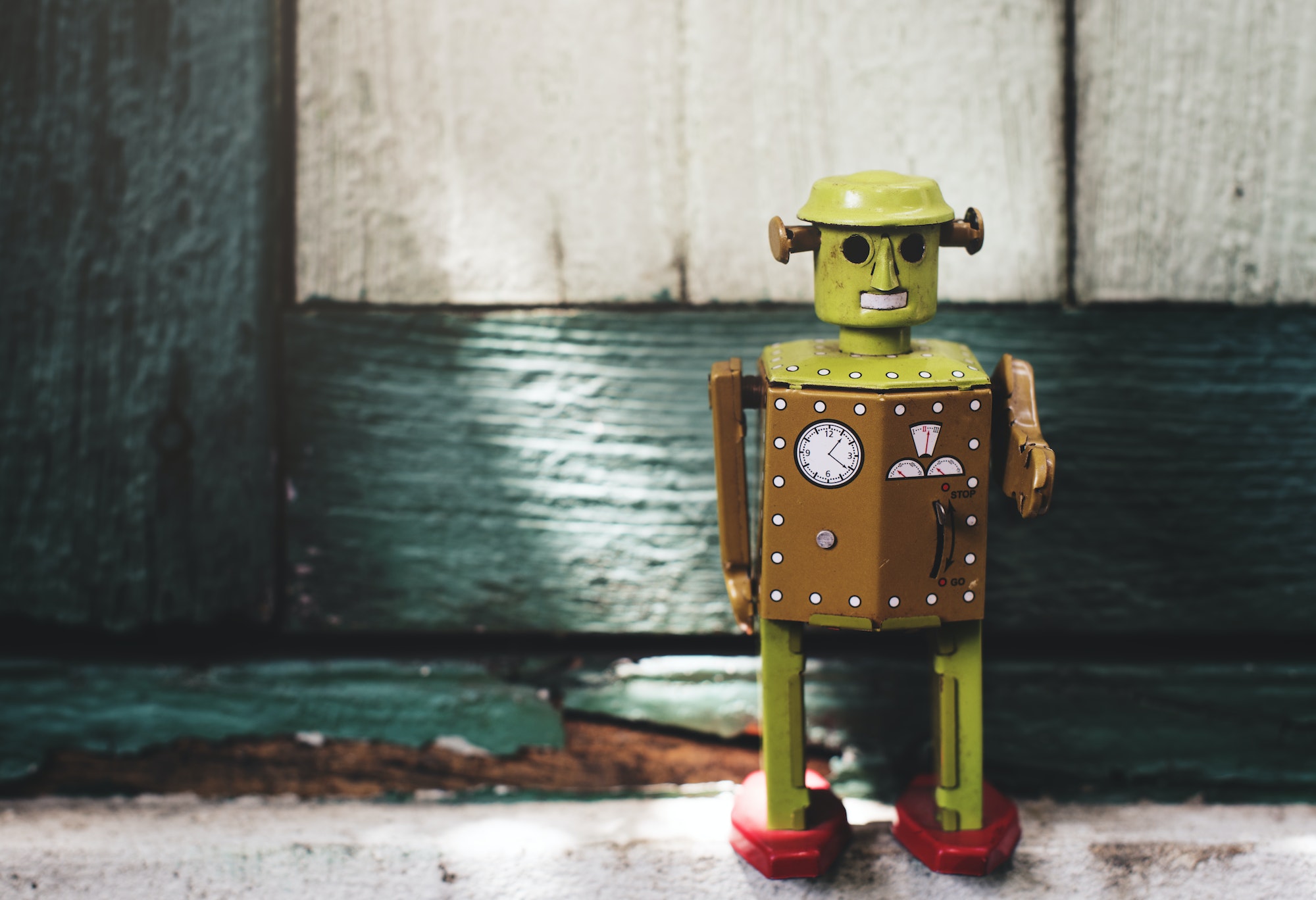Throughout history, animation has evolved and adapted to the changing times and technologies, remaining a beloved form of entertainment for audiences of all ages. From its humble beginnings in traditional art forms to the digital media landscape of today, the journey of animation is both fascinating and inspiring. In this article, we will delve into the transition from traditional to digital animation, exploring the various styles and techniques that have emerged over time, and discuss how the art form has evolved in response to technological advancements and shifting audience preferences.
The Origins of Animation: Traditional Art Forms
Before animation became the computer-generated marvel we know today, it was an art form rooted in traditional techniques. Early animations were often hand-drawn or painted, and captured on celluloid film using a painstaking process known as cel animation. This involved painting individual frames onto transparent sheets, which were then laid over a static background and photographed one by one.
Pioneers like Walt Disney mastered these traditional techniques, creating the first animated films that would capture the hearts and imaginations of audiences worldwide. One of the most significant milestones in the history of animation was the release of Disney’s Snow White and the Seven Dwarfs in 1937, which was the first full-length animated feature film. This groundbreaking work combined hand-drawn animation with live action, setting the stage for animation’s transition to digital technologies.
Traditional Animation Techniques and Styles
Cel animation represents just one of the many traditional techniques used in animation. Other methods include:
- Stop-motion animation: A technique in which physical objects are moved incrementally and photographed frame by frame, creating the illusion of motion when the images are played in sequence. Classic examples include the early works of Ray Harryhausen and the popular Wallace and Gromit films.
- Hand-drawn animation: A painstaking process in which every frame of animation is drawn by hand, often requiring thousands of individual drawings for a single film. Early Disney films and many of the works of Studio Ghibli exemplify this technique.
- Rotoscoping: A method that involves tracing over live-action footage to create more realistic and fluid animation. This technique was pioneered by animator Max Fleischer and can be seen in films like Disney’s Snow White and the Seven Dwarfs.
These traditional techniques laid the foundation for the development of modern animation, with many contemporary artists and filmmakers still drawing inspiration from these time-tested methods.
The Digital Revolution: Computer-Generated Animation
As technology advanced, so too did the world of animation. The advent of digital technologies provided artists with new tools and opportunities to bring their visions to life in ways never before possible. Computer-generated animation soon emerged as a dominant force in the industry, revolutionizing the way animated films were created and enjoyed by audiences.
One of the most significant moments in the history of digital animation was the release of Pixar’s Toy Story in 1995, the first feature film to be entirely computer-generated. This groundbreaking movie showcased the potential of digital animation and paved the way for countless other films that have since become box-office hits and beloved classics.
The Advantages of Digital Animation
While traditional animation techniques have their own unique charm and appeal, the shift to digital methods has provided artists with a range of advantages:
- Efficiency: Digital animation often requires less time and labor than traditional techniques, as computers can automate many aspects of the animation process.
- Flexibility: With digital tools, artists can easily make changes and revisions, allowing for greater creative freedom and experimentation.
- Versatility: Digital animation can be used in a wide range of formats, from feature films and television shows to video games and motion graphics for social media.
- Visual Effects: Digital technologies enable artists to create more complex and realistic visual effects, enhancing the overall impact and appeal of their work.
As a result of these benefits, digital animation has become the industry standard, and many traditional techniques have faded into the background.
The Art of Animation: Blending Traditional and Digital Styles
While digital animation has largely replaced traditional techniques in mainstream media, some artists continue to explore the intersection between these two art forms. This fusion of old and new can result in unique and captivating works that defy categorization.
For example, some artists use digital tools to mimic the look of traditional hand-drawn animation, while others combine digital backgrounds with hand-drawn characters to create a hybrid style. This blending of traditional and digital approaches allows artists to experiment with new techniques while paying homage to the rich history of animation.
Some renowned animated films that showcase this fusion of styles include Hayao Miyazaki’s Spirited Away and Disney’s The Princess and the Frog, both of which demonstrate the possibilities of combining digital and traditional art forms to create visually stunning works.
The Future of Animation: Embracing New Technologies and Platforms
As we look to the future, it’s clear that the world of animation will continue to evolve and adapt to new technologies and platforms. From virtual reality and augmented reality experiences to interactive films and social media content, animation will undoubtedly play a crucial role in the ongoing digital revolution.
In addition, emerging animation styles like motion graphics and 3D animation will likely continue to gain popularity, offering artists even more opportunities to create innovative and engaging works.
Ultimately, the evolution of animation from traditional art to digital masterpieces demonstrates the resilience and adaptability of this timeless art form. As technology continues to advance, animation will undoubtedly continue to captivate audiences and push the boundaries of what is possible in the realm of visual storytelling.

